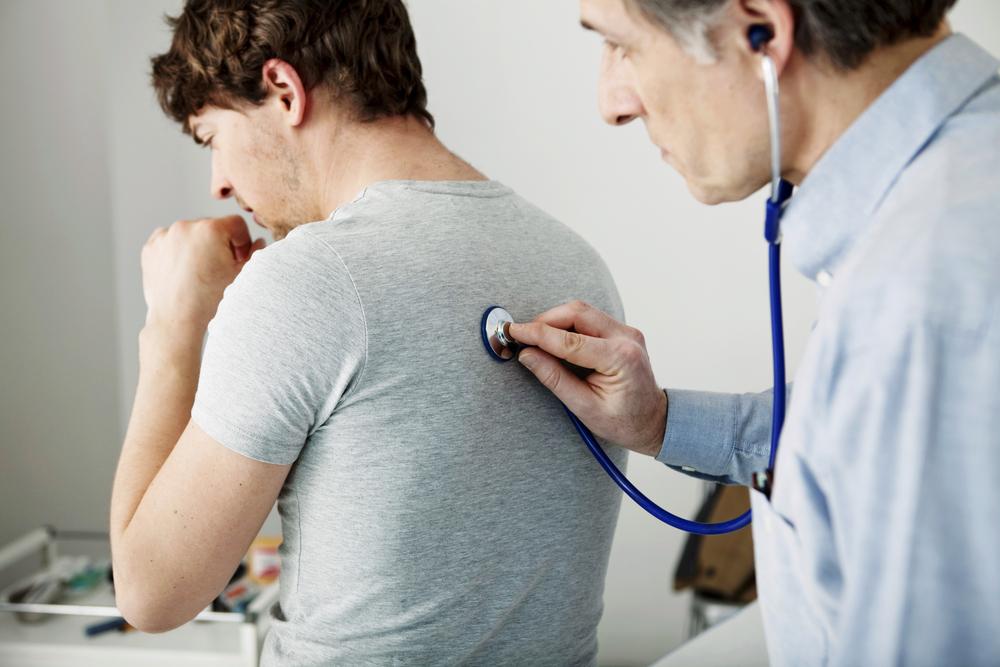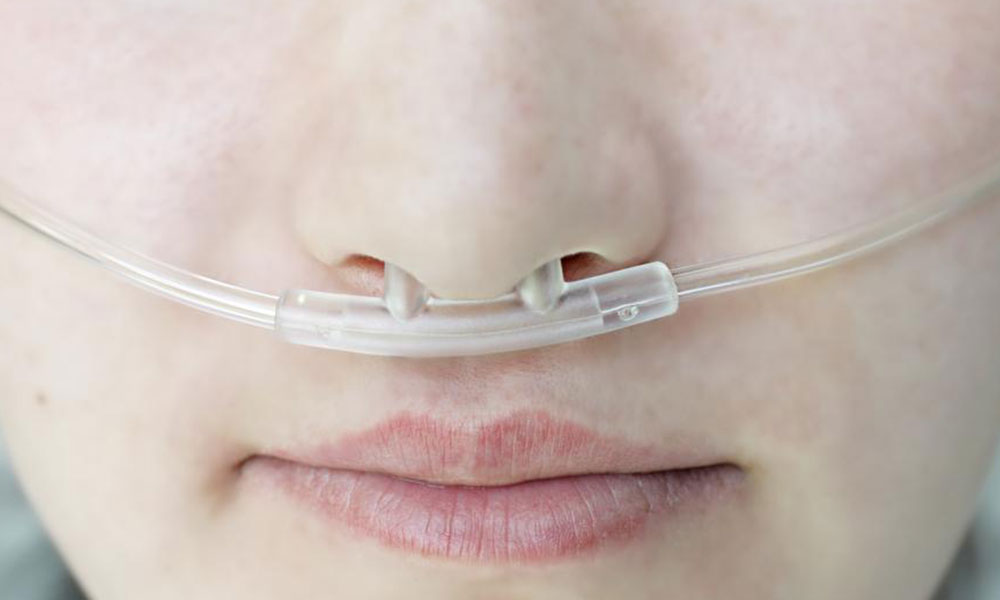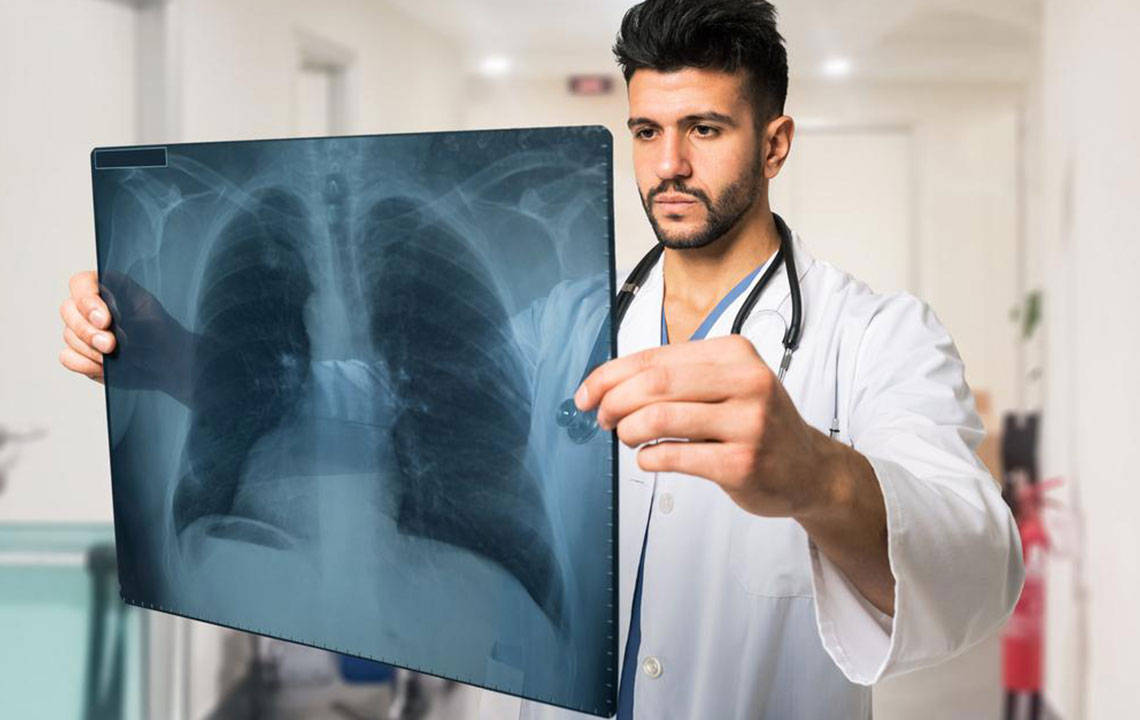Early Indicators of COPD: Recognizing Key Symptoms for Prompt Diagnosis
COPD is a progressive lung disease with subtle early symptoms like persistent cough, mucus, and shortness of breath. Early detection through recognizing these signs can lead to more effective management, reducing complications and improving quality of life. Key preventive measures include quitting smoking and avoiding lung irritants. Prompt medical consultation and treatment are crucial for slowing disease progression and maintaining respiratory health. This detailed guide helps you understand the early indicators of COPD to facilitate timely intervention and better health outcomes.

Chronic Obstructive Pulmonary Disease (COPD) is a long-term, progressive lung disorder that primarily encompasses emphysema and chronic bronchitis. This condition affects millions worldwide and is characterized by airflow limitation that worsens over time, significantly impacting daily life. Emphysema involves damage to the alveoli—the tiny air sacs in the lungs responsible for oxygen transfer—leading to reduced oxygen intake and breathing difficulty. Chronic bronchitis involves inflammation and narrowing of the bronchial tubes, resulting in increased mucus production and coughing. Recognizing the early signs of COPD is critical for timely intervention and effective management.
Many of the initial symptoms of COPD are subtle and can easily be mistaken for common illnesses such as colds or seasonal flu. The challenge lies in distinguishing these early warning signs to ensure prompt medical attention. The primary symptom is persistent difficulty in breathing, particularly noticeable during physical activities like climbing stairs, walking briskly, or exerting oneself. Early signs to be vigilant about include a lingering cough that typically produces mucus, shortness of breath during routine activities, and frequent throat clearing, especially in the mornings.
As the disease progresses, additional symptoms begin to manifest. These include a persistent fatigue that doesn't improve with rest, unexplained weight loss, and swelling in the legs, ankles, or feet—all signs that may indicate complications such as pulmonary hypertension. COPD also heightens vulnerability to respiratory infections like pneumonia and influenza, which can exacerbate symptoms and accelerate lung deterioration. Cardiovascular problems, lung cancer, and depression are also associated with COPD, making early diagnosis and management paramount.
Preventive measures are vital in reducing the risk of developing COPD. These include quitting smoking— the leading cause of COPD— and avoiding exposure to lung irritants such as air pollution, industrial fumes, and occupational hazards. Vaccinations against influenza and pneumococcal infections are recommended to prevent respiratory infections that could worsen the condition. If diagnosed early, treatments like bronchodilators, corticosteroids, pulmonary rehabilitation, and lifestyle modifications can significantly improve quality of life and slow disease progression.
Recognizing the early signs of COPD, such as a chronic cough, mucus production, and increased shortness of breath, can make a substantial difference in managing the disease effectively. Regular check-ups and pulmonary function tests enable early detection and treatment, ultimately helping patients maintain active and healthier lives. If you or someone you know exhibits these symptoms, consulting a healthcare professional promptly is essential for a comprehensive evaluation and tailored treatment plan.





